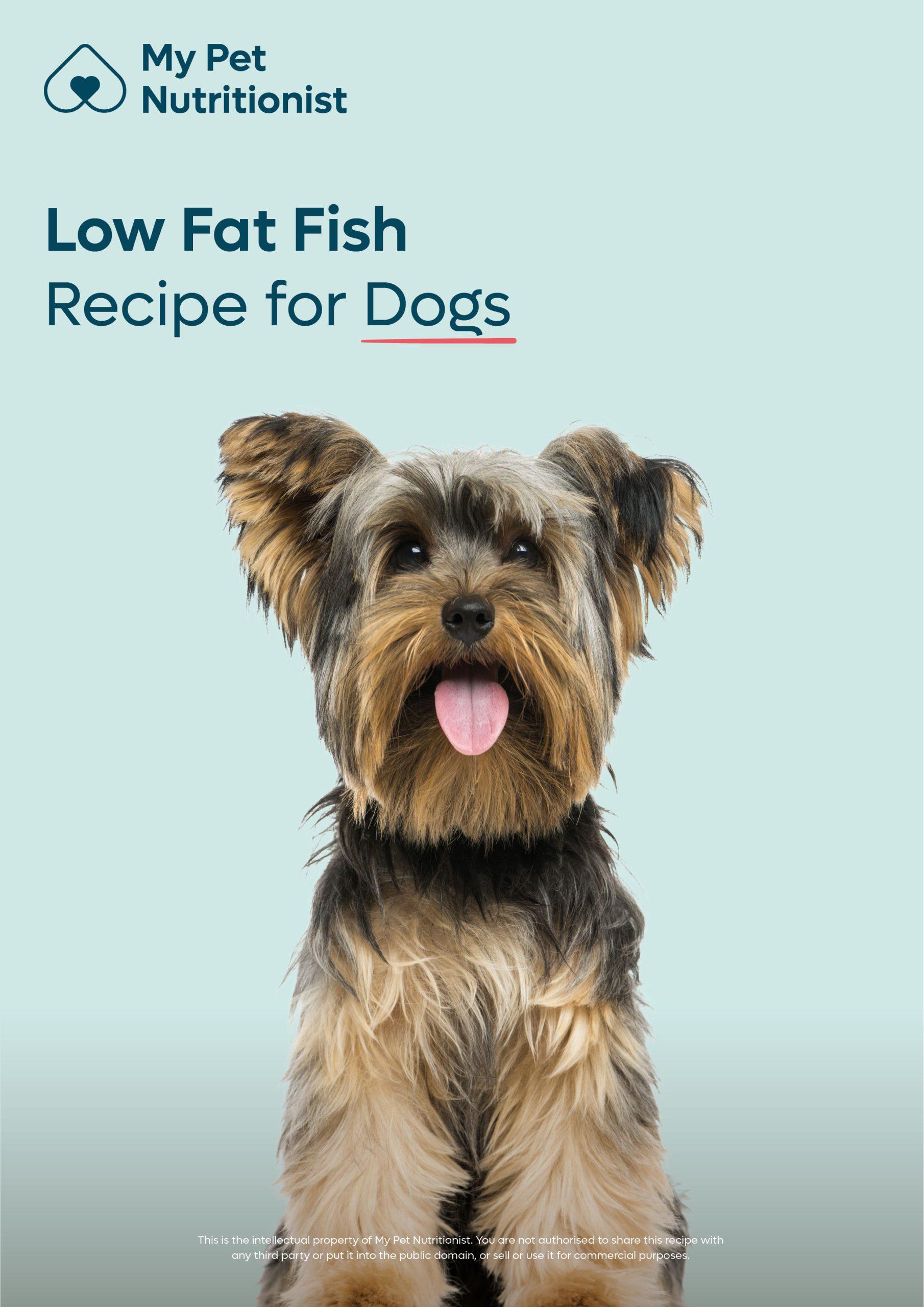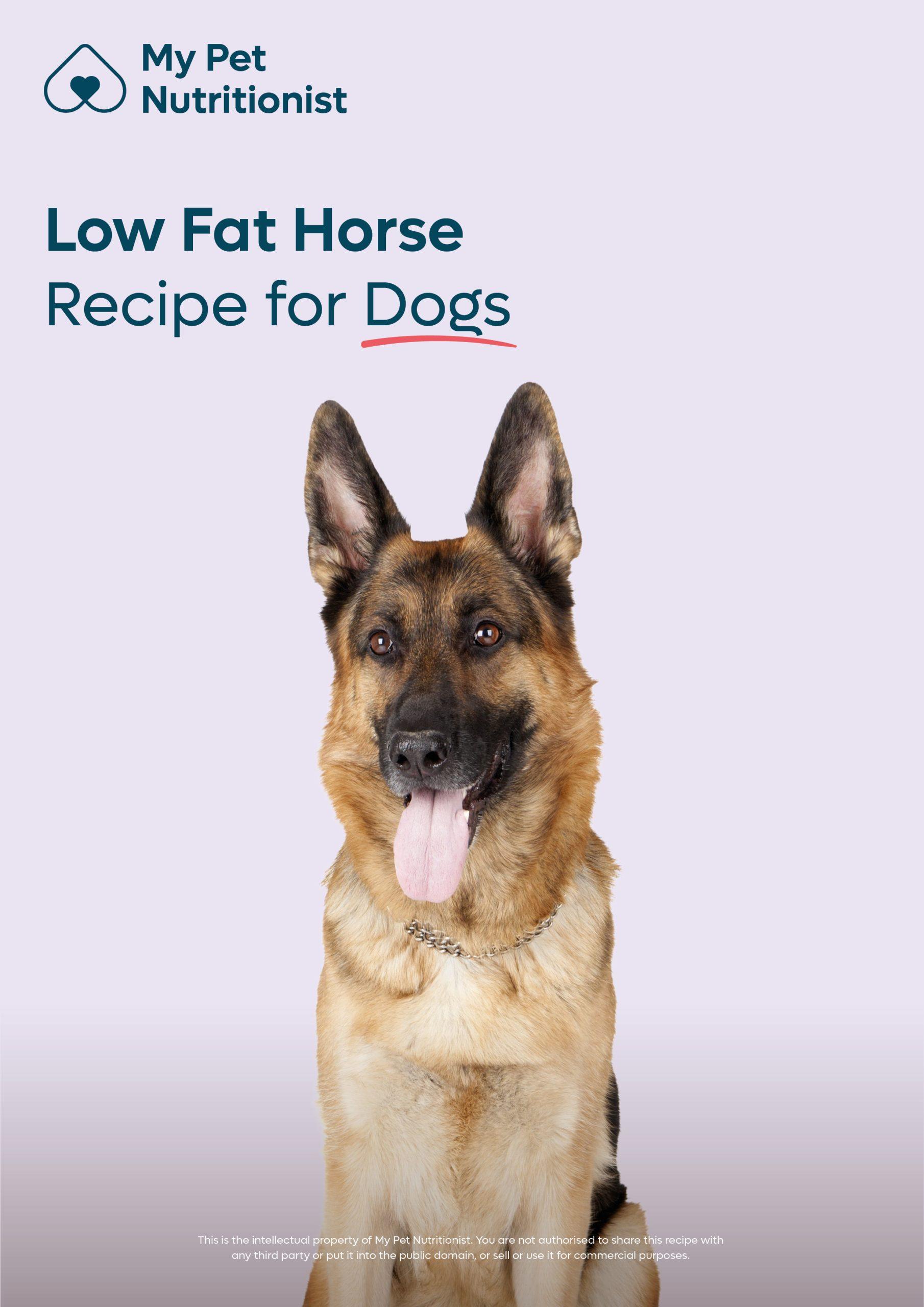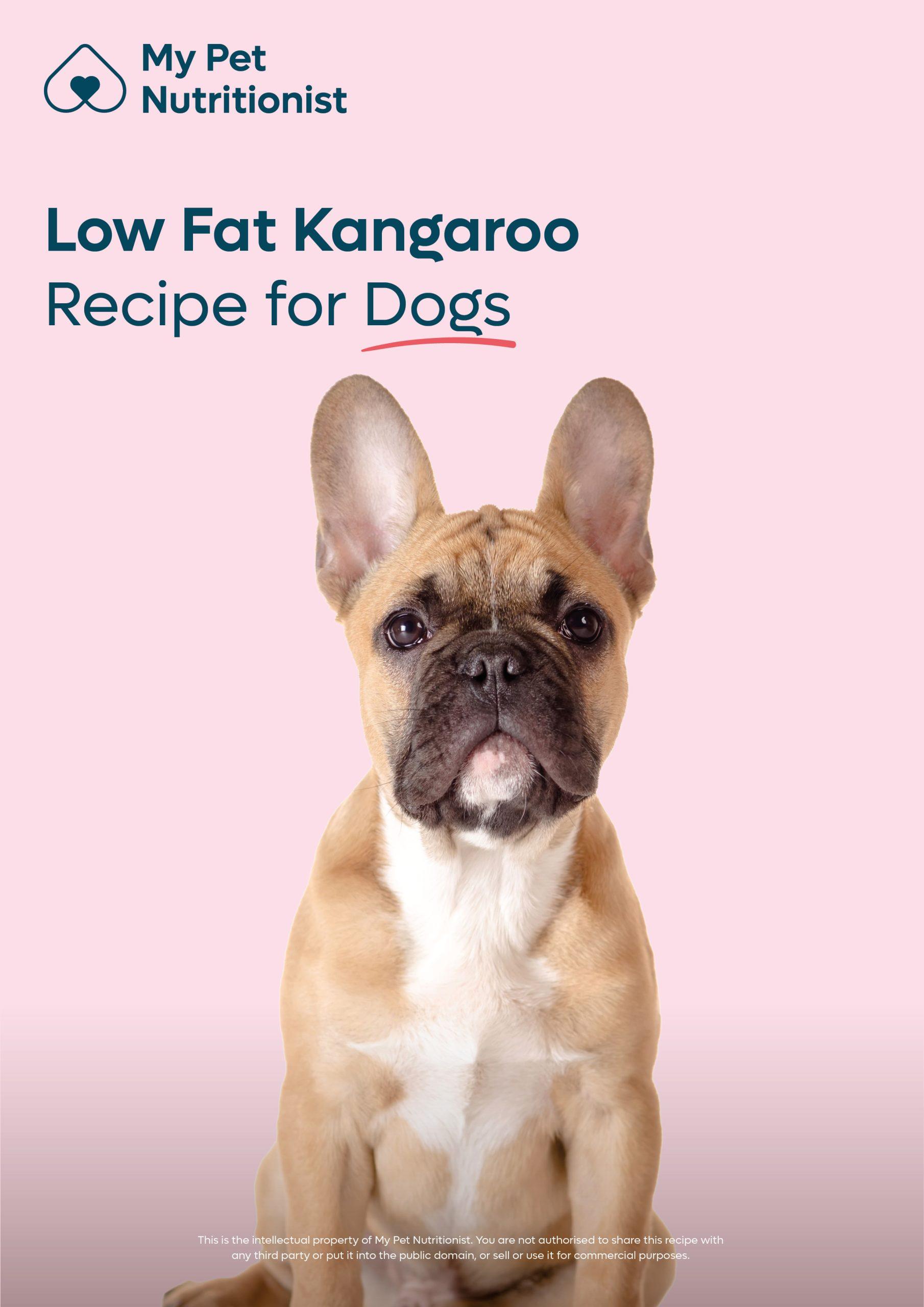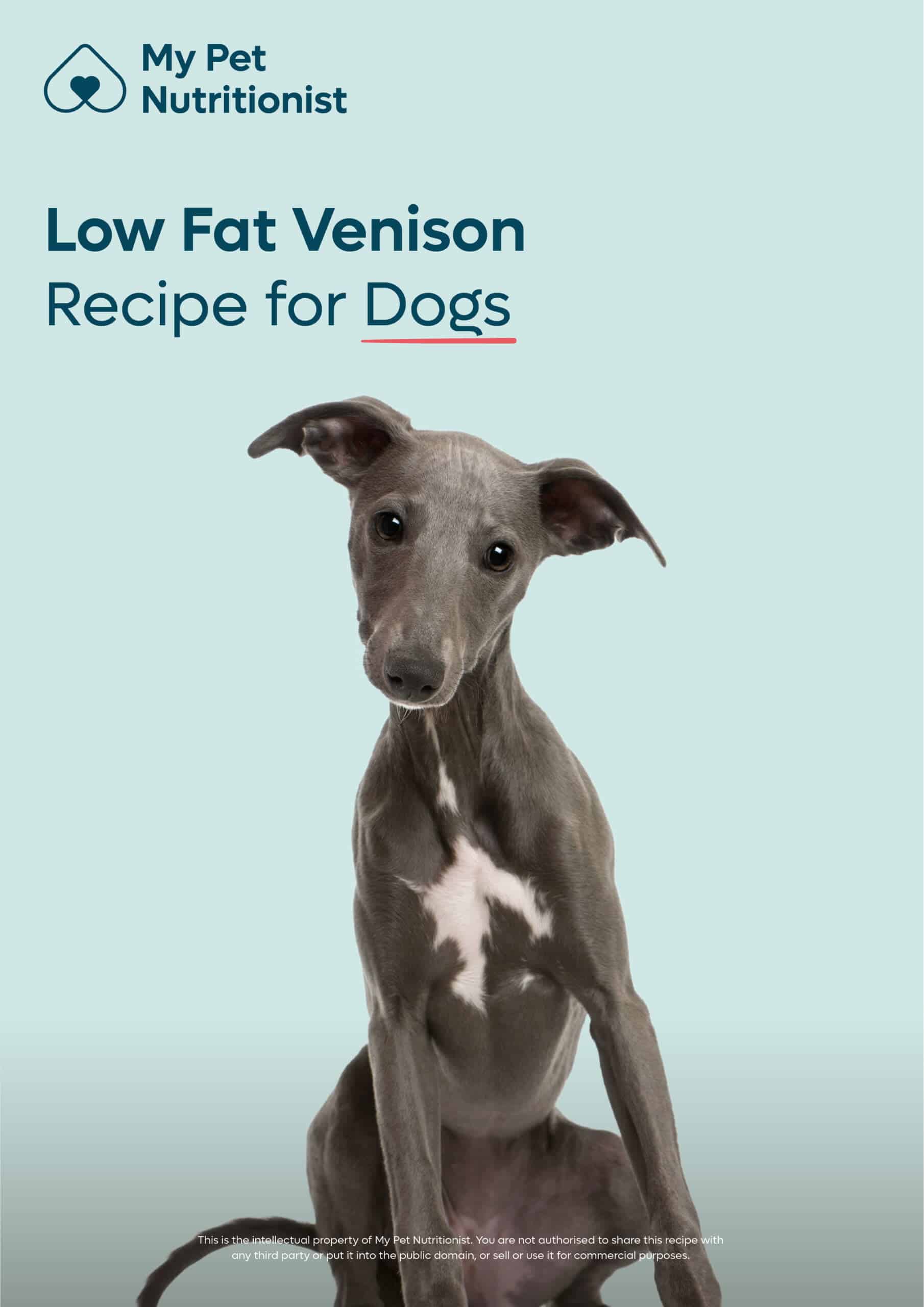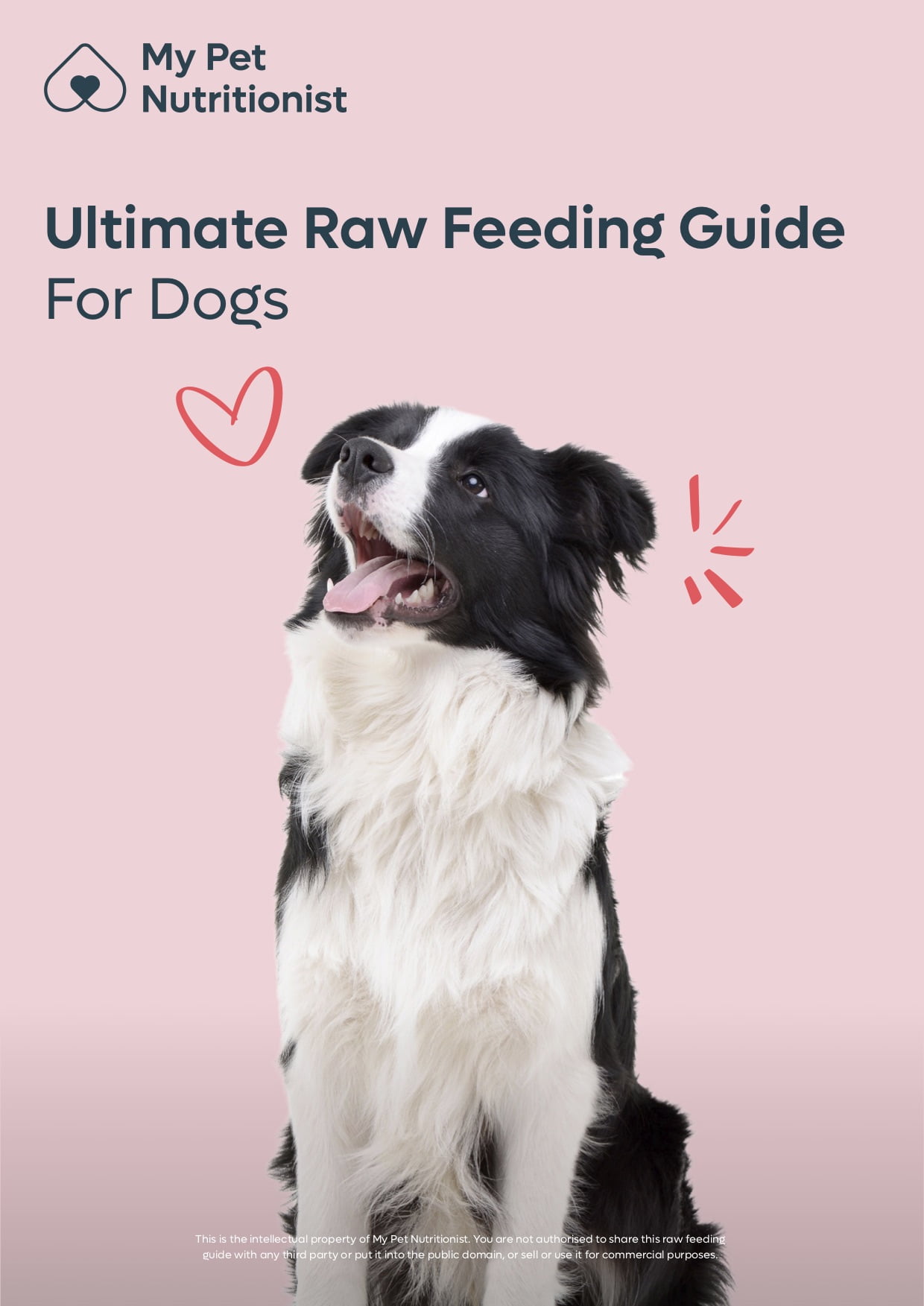-
£19.99

Should I Feed My Dog, Chicken and Rice?
- June 27, 2022
- 5 mins 37 secs
Hands up if you have been told to feed your poorly dog chicken and rice? Hands up if you did?
We think it’s safe to say 99% of dog owners have been in this situation.
But should you really feed your dog, chicken and rice? We’re going to share our thoughts.
That’s the short answer, but there are many nuances to this question so let’s take a look at chicken, and rice and why they aren’t the best choice for your poorly pooch.
We have to wonder if this is due to how chickens are raised.
Chickens raised on pasture however, will feed on grasses, insects, and anything else they can get their beaks on! To this end, pasture-raised chicken meat tends to be higher in iron, higher in Omega 3, have a lower Omega 6:3 ratio, and be higher in antioxidants (Vitamin E, for example). Pasture-raised eggs therefore have higher Omega 3s, a lower Omega 6:3 ratio, increased vitamin D, and more antioxidants.
Farmed chickens, fed diets high in corn tend to be higher in omega 6 which influences inflammatory processes.
Findings Here
There are additional concerns around antibiotic use in broiler chickens.
Antibiotic growth promoters were banned in the EU in 2006, in the US in 2017 but are currently allowed in Brazil and China.
A recent study concluded that the high levels of antibiotic use in poultry has contributed to antibiotic resistance in many countries.
Findings Here
Other studies further elucidated the quantitative and qualitative relationships between the practice of in-feed antimicrobials for animals and the mounting problem of hard-to-treat, drug-resistant bacterial infections in humans.
If bacterial communities are key to the development of immune function in both humans and animals, but dysbiosis is present through the administration of antibiotics, could this influence an individual’s tolerance and therefore pave the way for sensitivities?
Do We Need To Boost Our Pet’s Immune System?
When we are working with a dog suffering from digestive issues, we often run an elimination diet. The first things we eliminate are those common proteins like chicken and beef and we opt for novel proteins. So, chicken and rice is certainly off the list of meals!
Elimination Diets For Dogs
We’re not debating that dogs can eat rice – physiologically they are capable of digesting it, the question is more, should they eat it?
And our answer is, probably not.
Refined grains are milled, a process that strips out both the bran and germ to give them a finer texture and longer shelf life. The refining process also removes many nutrients, including fibre.
Whole grains on the other hand haven’t had their bran and germ removed by milling; therefore, all of the nutrients remain intact. Whole grains are sources of fibre and other important nutrients, such as selenium, potassium, and magnesium. Whole grains include millet, bulgur, buckwheat, barley, and oats (we’re not completely against some of these grains, check back soon for our take on them).
Grains are naturally a source of carbohydrates and as we know, when carbohydrates are ingested, without naturally occurring fibre, they are digested very quickly, and pass into the bloodstream. This results in a spike in blood sugar, calling for insulin to come and manage the situation.
This is why refined grains are regularly linked to metabolic disease in humans.
Findings Here
And metabolic disease has significant inflammatory underpinnings – which we think you’ll agree isn’t something we want to promote!
Rice is known to accumulate around ten times as much arsenic as other cereals. In rice grains arsenic is concentrated in the outer bran layer surrounding the endosperm. This means that brown rice, (unmilled or unpolished rice that retains its bran) contains more arsenic than white rice.
Half of the rice consumed in the UK exceeds European Commission regulations for levels of arsenic in rice meant for the consumption for infants or young children.
Studies have attempted to find a way to reduce the arsenic content of rice and to date, the most effective method involves parboiling the rice in pre-boiled water for five minutes before draining and refreshing the water, then cooking it on a lower heat to absorb all the water. But then, we do also find arsenic in tap water too.
The Importance of Water
Arsenic exposure is associated with alterations in gastrointestinal, cardiovascular, haematological, pulmonary, neurological, immunological, and reproductive/developmental function.
Findings Here
Aflatoxins are found in cereals, grains, and nuts and we can head back to 1952 to understand the true risk of them.
In 1952, an outbreak of fatal liver disease in dogs occurred in the southeastern United States. The disease, termed hepatitis X, was characterised by icterus, lethargy, anorexia, petechiae, epistaxis, and hematemesis.
Affected dogs died one to 14 days after clinical presentation. The postmortem findings of hepatitis X were noted to be similar to those in swine and cattle after ingestion of mouldy corn and it was deemed aflatoxins were to blame.
At high dietary levels, it is thought that lectins cause damage to the structure of the brush borders of the small intestine. In lectin fed rodents, the mucosal membrane in the small intestine was stripped, compromising the gut integrity. This compromise has also been linked to abnormal bacterial proliferation.
In spite of the far taxonomic distance between rice and wheat, their respective lectins are immunologically related, suggesting that although we tend to think of wheat lectins as problematic, rice lectins may also pose a challenge to gut integrity.
Suggestions may include:
Thanks for reading,
MPN Team
We think it’s safe to say 99% of dog owners have been in this situation.
But should you really feed your dog, chicken and rice? We’re going to share our thoughts.
Should I Feed Chicken and Rice?
Probably not.That’s the short answer, but there are many nuances to this question so let’s take a look at chicken, and rice and why they aren’t the best choice for your poorly pooch.
What’s Wrong With Chicken?
Many dogs sadly struggle with this protein. It tops the list as one of the most common sensitivities.We have to wonder if this is due to how chickens are raised.
Hen Husbandry
As the saying goes, you are what you eat, well your dog is what he eats and chickens are often raised in huge farms, lacking sunlight, hygienic conditions and are largely fed a processed diet of corn.Chickens raised on pasture however, will feed on grasses, insects, and anything else they can get their beaks on! To this end, pasture-raised chicken meat tends to be higher in iron, higher in Omega 3, have a lower Omega 6:3 ratio, and be higher in antioxidants (Vitamin E, for example). Pasture-raised eggs therefore have higher Omega 3s, a lower Omega 6:3 ratio, increased vitamin D, and more antioxidants.
Farmed chickens, fed diets high in corn tend to be higher in omega 6 which influences inflammatory processes.
Findings Here
There are additional concerns around antibiotic use in broiler chickens.
Antibiotic Usage
Antibiotics in poultry are generally administered to the entire flock and are used for the treatment of disease (therapy), disease prevention (methaphylaxis), and growth promotion.Antibiotic growth promoters were banned in the EU in 2006, in the US in 2017 but are currently allowed in Brazil and China.
A recent study concluded that the high levels of antibiotic use in poultry has contributed to antibiotic resistance in many countries.
Findings Here
Other studies further elucidated the quantitative and qualitative relationships between the practice of in-feed antimicrobials for animals and the mounting problem of hard-to-treat, drug-resistant bacterial infections in humans.
If bacterial communities are key to the development of immune function in both humans and animals, but dysbiosis is present through the administration of antibiotics, could this influence an individual’s tolerance and therefore pave the way for sensitivities?
Do We Need To Boost Our Pet’s Immune System?
When we are working with a dog suffering from digestive issues, we often run an elimination diet. The first things we eliminate are those common proteins like chicken and beef and we opt for novel proteins. So, chicken and rice is certainly off the list of meals!
Elimination Diets For Dogs
What’s Wrong With Rice?
Rice is touted for its blandness when supporting a poorly dog, but when we look a little closer, you’d be amazed at what’s found in these little grains!We’re not debating that dogs can eat rice – physiologically they are capable of digesting it, the question is more, should they eat it?
And our answer is, probably not.
Rice and Metabolic Health
When grains are refined and processed, like white rice, they become a calorie-rich but nutrient poor food.Refined grains are milled, a process that strips out both the bran and germ to give them a finer texture and longer shelf life. The refining process also removes many nutrients, including fibre.
Whole grains on the other hand haven’t had their bran and germ removed by milling; therefore, all of the nutrients remain intact. Whole grains are sources of fibre and other important nutrients, such as selenium, potassium, and magnesium. Whole grains include millet, bulgur, buckwheat, barley, and oats (we’re not completely against some of these grains, check back soon for our take on them).
Grains are naturally a source of carbohydrates and as we know, when carbohydrates are ingested, without naturally occurring fibre, they are digested very quickly, and pass into the bloodstream. This results in a spike in blood sugar, calling for insulin to come and manage the situation.
This is why refined grains are regularly linked to metabolic disease in humans.
Findings Here
And metabolic disease has significant inflammatory underpinnings – which we think you’ll agree isn’t something we want to promote!
Rice and Arsenic
Arsenic, which is classified as a Group 1 carcinogen by the International Agency for Research on Cancer, is water-soluble – so it accumulates in rice, which is grown in flooded fields more than other cereals. Arsenic exposure affects almost every organ in the body.Rice is known to accumulate around ten times as much arsenic as other cereals. In rice grains arsenic is concentrated in the outer bran layer surrounding the endosperm. This means that brown rice, (unmilled or unpolished rice that retains its bran) contains more arsenic than white rice.
Half of the rice consumed in the UK exceeds European Commission regulations for levels of arsenic in rice meant for the consumption for infants or young children.
Studies have attempted to find a way to reduce the arsenic content of rice and to date, the most effective method involves parboiling the rice in pre-boiled water for five minutes before draining and refreshing the water, then cooking it on a lower heat to absorb all the water. But then, we do also find arsenic in tap water too.
The Importance of Water
Arsenic exposure is associated with alterations in gastrointestinal, cardiovascular, haematological, pulmonary, neurological, immunological, and reproductive/developmental function.
Findings Here
Rice and Mycotoxins
Mycotoxin contamination in rice is usually lower than wheat or corn, but there are still reports that rice has been contaminated with mycotoxins such as aflatoxins.Aflatoxins are found in cereals, grains, and nuts and we can head back to 1952 to understand the true risk of them.
In 1952, an outbreak of fatal liver disease in dogs occurred in the southeastern United States. The disease, termed hepatitis X, was characterised by icterus, lethargy, anorexia, petechiae, epistaxis, and hematemesis.
Affected dogs died one to 14 days after clinical presentation. The postmortem findings of hepatitis X were noted to be similar to those in swine and cattle after ingestion of mouldy corn and it was deemed aflatoxins were to blame.
Rice and Pesticides, Herbicides and Fungicides
Data has shown that rice may also be contaminated with a range of pesticides, herbicides, insecticides and fungicides. Whilst these do pose a risk to health, food processing treatments such as milling, parboiling and storage can lead to a reduction of pesticide residue.Rice and Lectins
Lectins are carbohydrate binding proteins present in most plants, especially seeds and tubers like cereals, potatoes, and beans. Their original purpose was protection. They would produce an inflammatory response in the animal that ate them – so they wouldn’t eat them again. Humans and Dogs are largely unable to digest them, but friendly bacteria in the gut can lend a hand.At high dietary levels, it is thought that lectins cause damage to the structure of the brush borders of the small intestine. In lectin fed rodents, the mucosal membrane in the small intestine was stripped, compromising the gut integrity. This compromise has also been linked to abnormal bacterial proliferation.
In spite of the far taxonomic distance between rice and wheat, their respective lectins are immunologically related, suggesting that although we tend to think of wheat lectins as problematic, rice lectins may also pose a challenge to gut integrity.
So, should I feed chicken and rice to my dog?
Whilst chicken and rice is a popular recommendation for the poorly pooch, we’re suggesting there are better, more nutrient rich options to support your dog on their healing journey.Suggestions may include:
- White fish
- Sweet potatoes
- Turkey
- Pumpkin
- Bone Broth
- Slippery Elm
- Psyllium
Thanks for reading,
MPN Team
Customer Reviews
Explore related products
Related articles

Dietary NeedsGeneral HealthDogsFirst AidGut Health
5 Reasons Why Your Dog May Have Diarrhoea
Jun 20 2024
•
5 mins 55 secs

Dietary NeedsGeneral HealthDogsFirst AidGut Health
What is Pica, and Does Your Pet Have It?
May 23 2024
•
7 mins 15 secs

Dietary NeedsGeneral HealthDogsFirst AidGut Health
Pooh Guide for Dogs: What’s Good, and What’s Not
May 16 2024
•
9 mins 15 secs

Dietary NeedsGeneral HealthDogsFirst AidGut Health
Best Diet for Struvite Crystals in Dogs
Mar 13 2024
•
5 mins
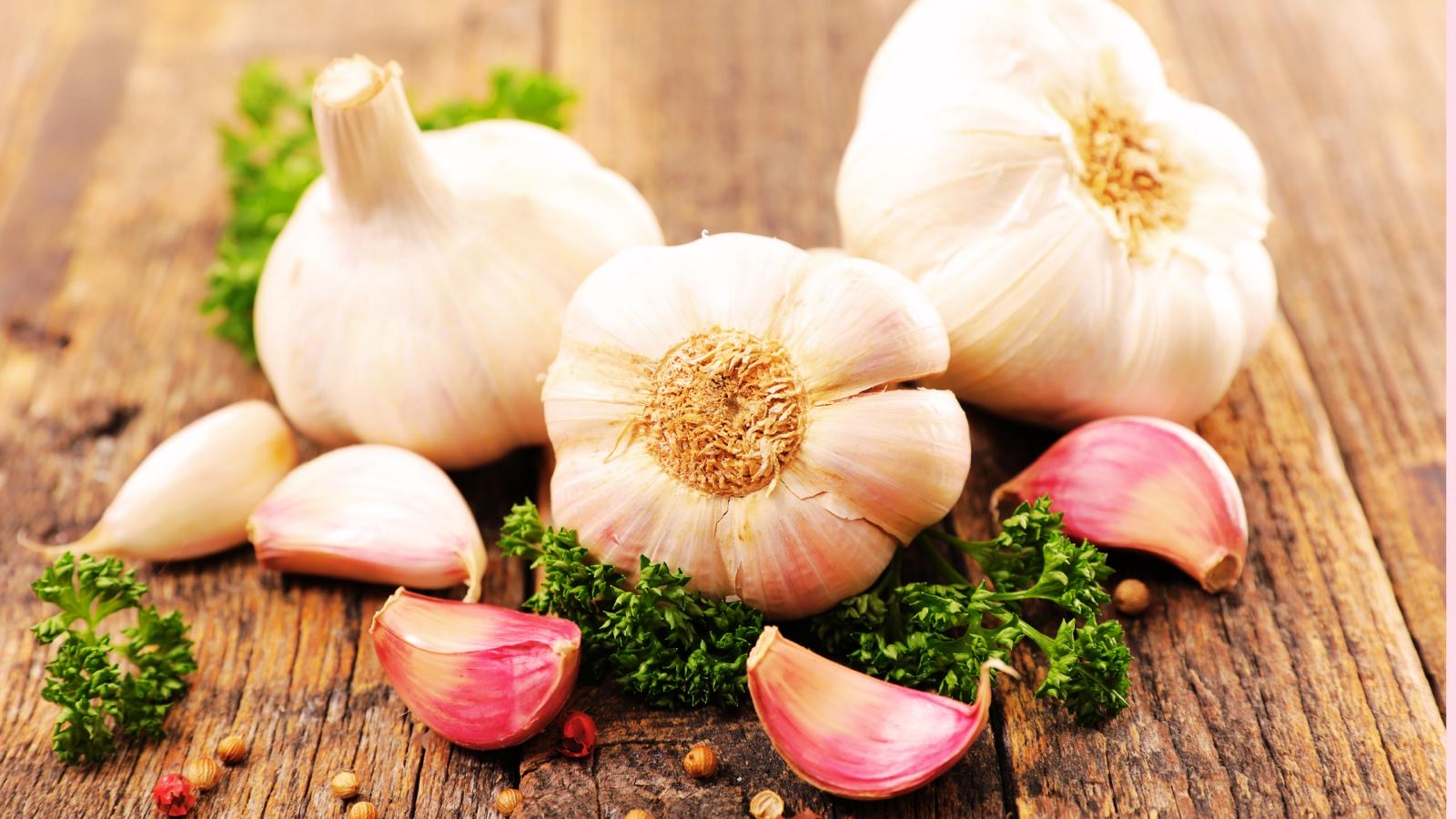
Dietary NeedsGeneral HealthDogsFirst AidGut Health
Can My Dog Eat Garlic?
Mar 07 2024
•
10 mins

Dietary NeedsGeneral HealthDogsFirst AidGut Health
All You Need to Know About Exocrine Pancreatic Insufficiency
Feb 22 2024
•
10 mins 20 secs
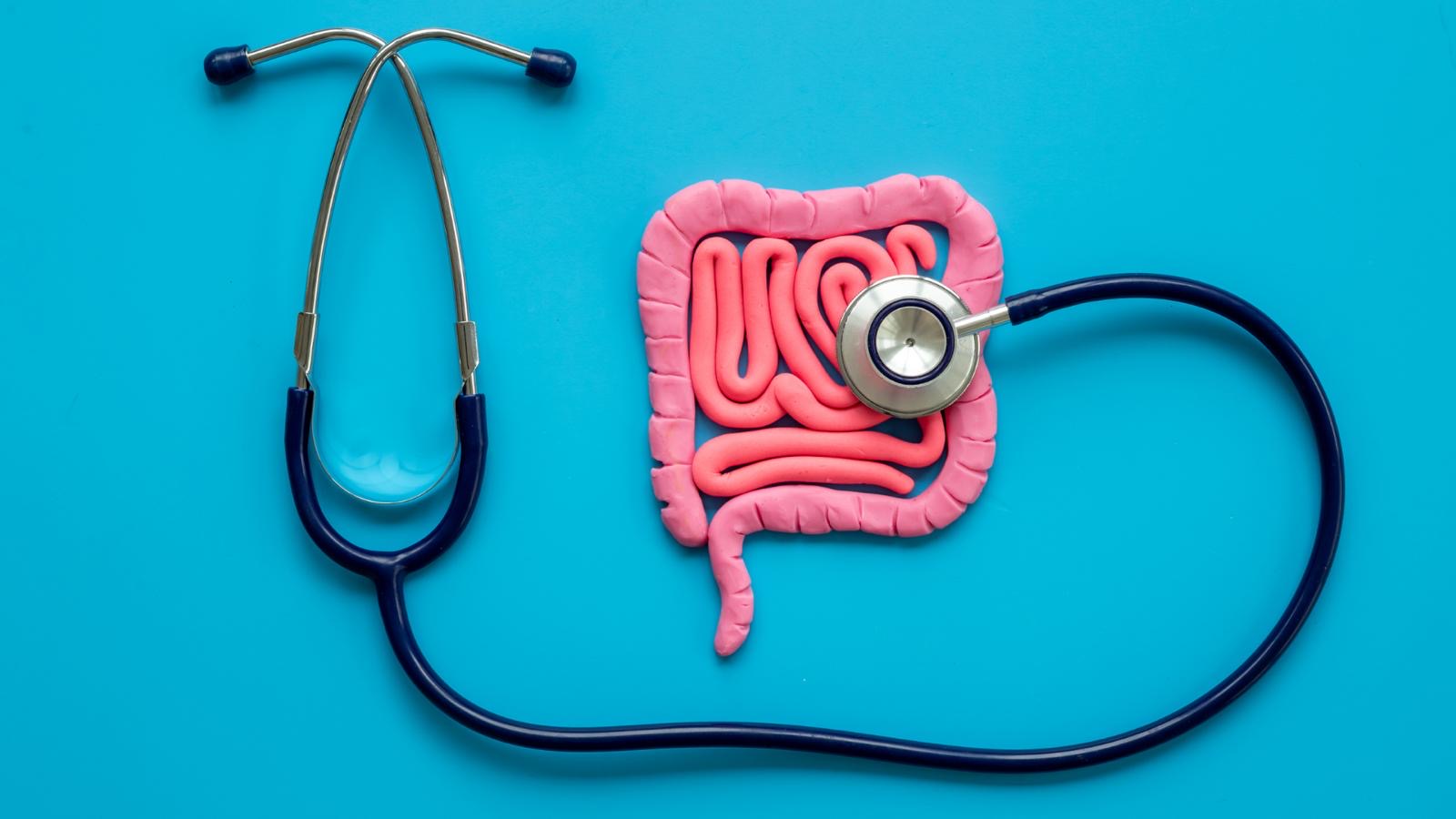
Dietary NeedsGeneral HealthDogsFirst AidGut Health
What Causes Malabsorption in Dogs?
Feb 08 2024
•
7 mins 40 secs
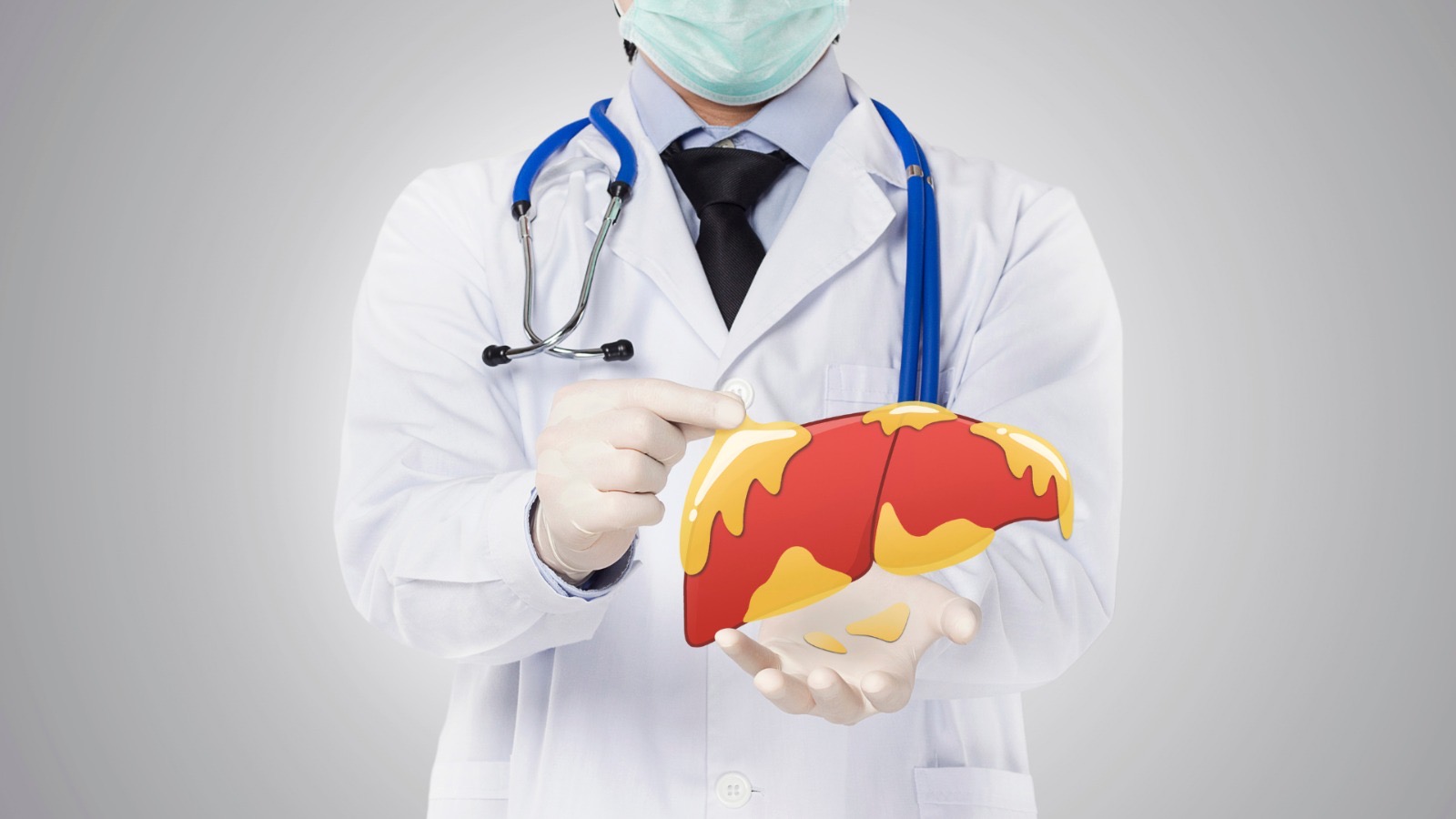
Dietary NeedsGeneral HealthDogsFirst AidGut Health
How to Support Liver Disease Naturally
Dec 21 2023
•
8 mins 30 secs
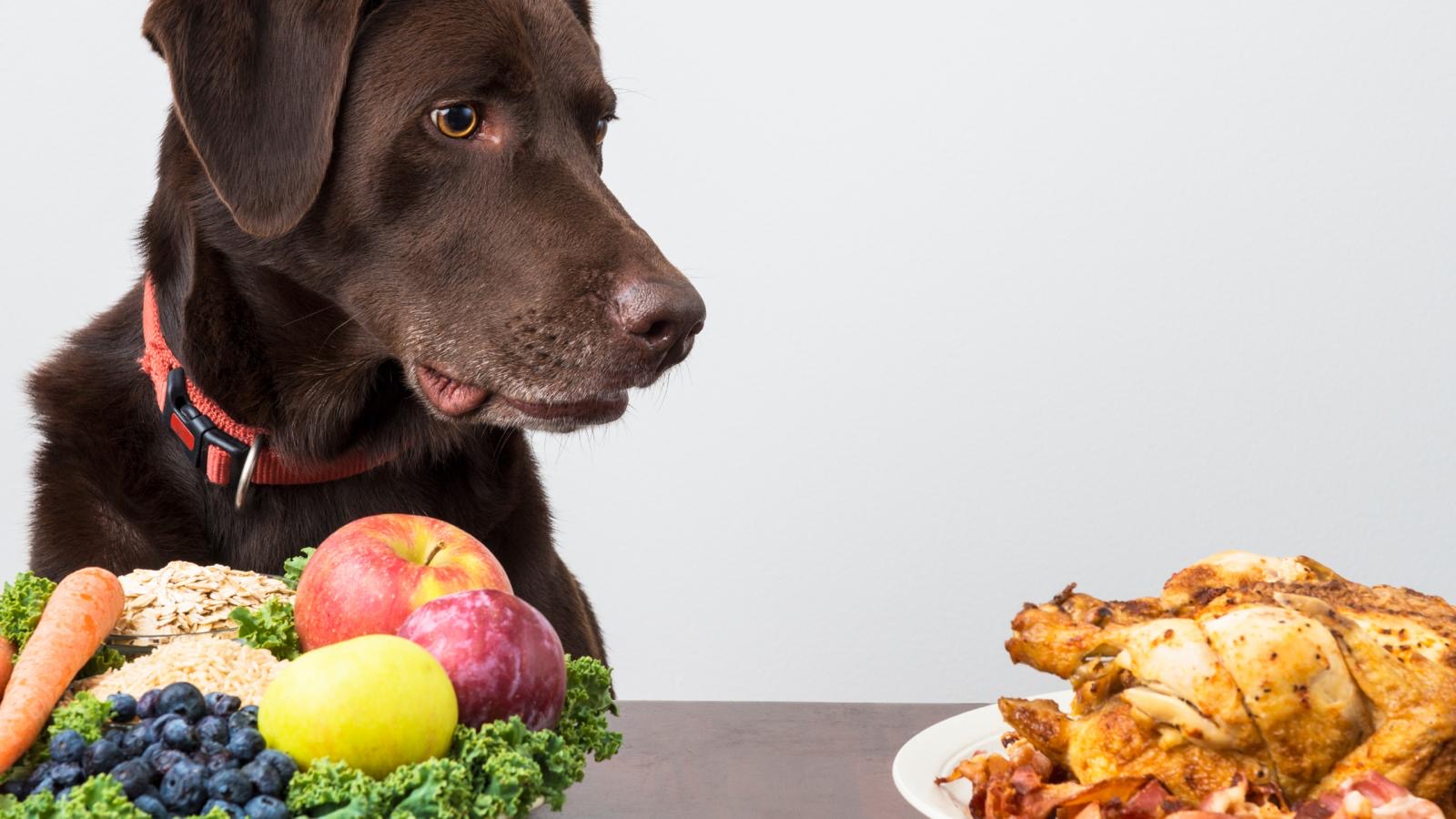
Dietary NeedsGeneral HealthDogsFirst AidGut Health
How To Strengthen My Dog’s Immune System
Dec 07 2023
•
9 mins 15 secs
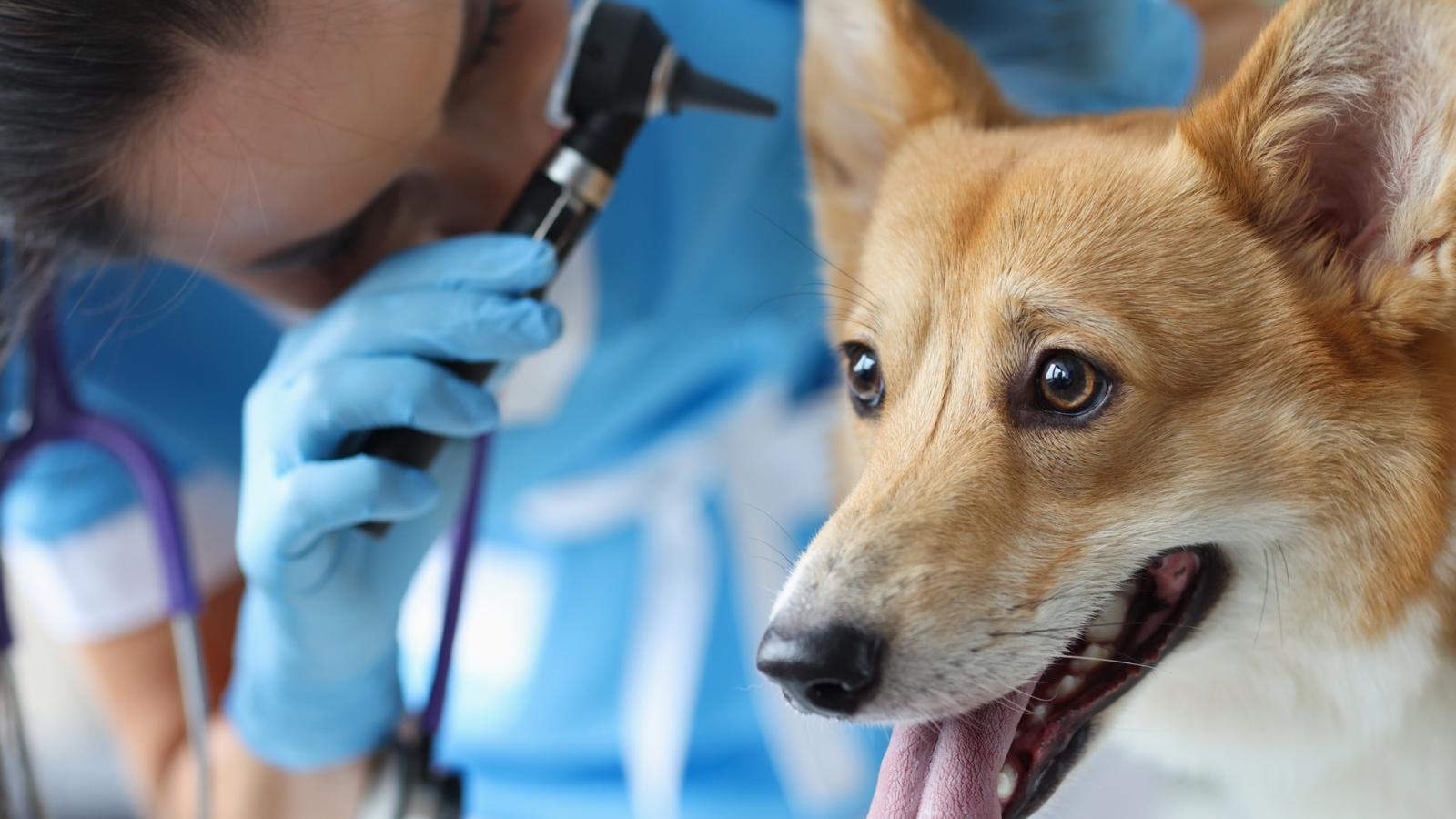
Dietary NeedsGeneral HealthDogsFirst AidGut Health
The Ultimate Guide to Graves Disease in Pets
Nov 30 2023
•
11 mins

Dietary NeedsGeneral HealthDogsFirst AidGut Health
The Low Down on Furunculosis
Nov 09 2023
•
10 mins 45 secs

Dietary NeedsGeneral HealthDogsFirst AidGut Health
The Lowdown on Lymphoplasmacytic Gastritis
Nov 02 2023
•
6 mins 45 secs

Dietary NeedsGeneral HealthDogsFirst AidGut Health
How to Help My Yeasty Dog
Oct 26 2023
•
10 mins 30 secs

Dietary NeedsGeneral HealthDogsFirst AidGut Health
Can Food Sensitivities Cause a Pancreatic Flare?
Oct 20 2023
•
5 mins 40 secs

Dietary NeedsGeneral HealthDogsFirst AidGut Health
Why Does My Dog Have High Folate Levels?
Oct 12 2023
•
8 mins 10 secs

Dietary NeedsGeneral HealthDogsFirst AidGut Health
What to Feed a Dog When Regurgitating
Sep 21 2023
•
4 mins 45 secs
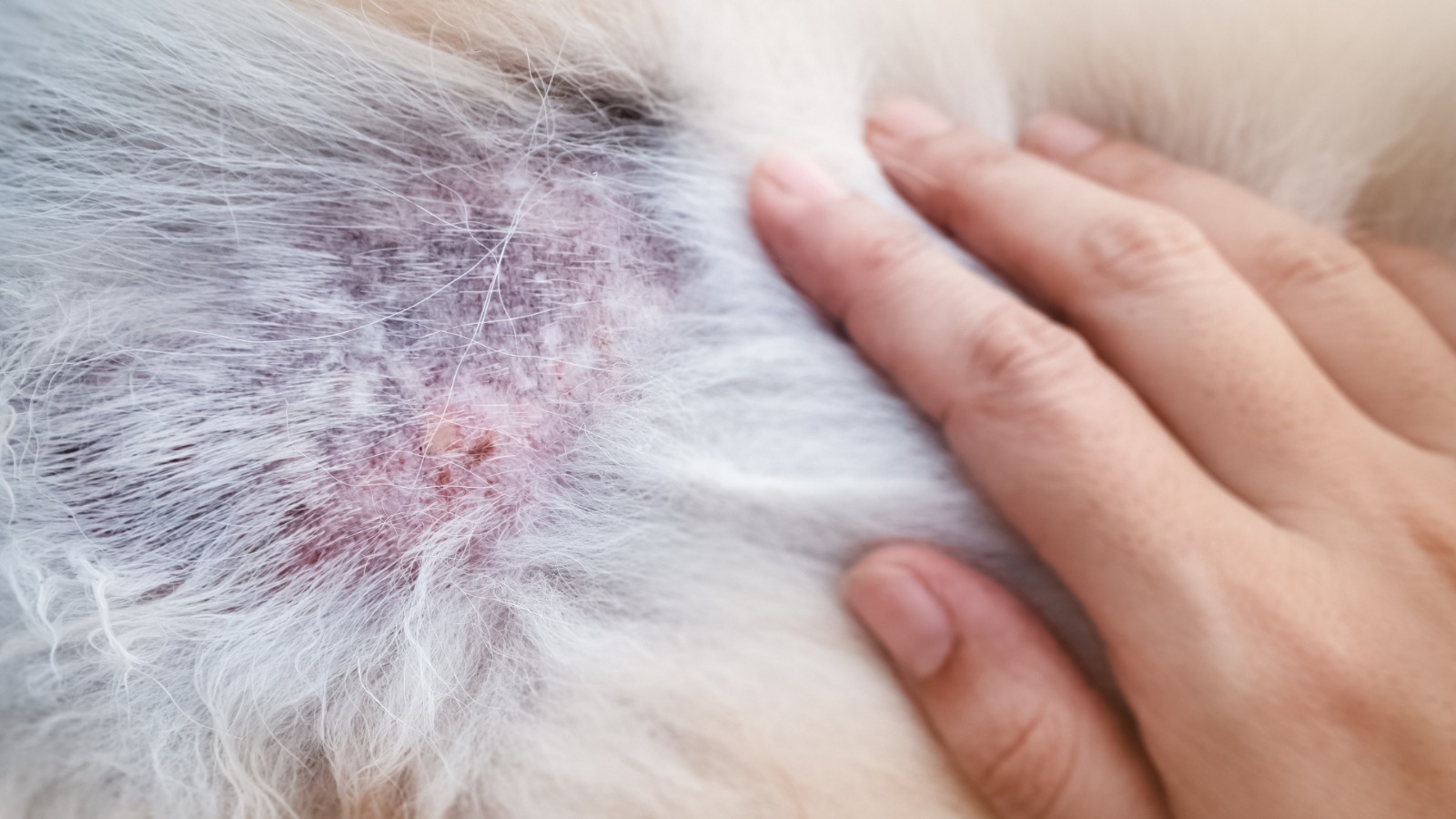
Dietary NeedsGeneral HealthDogsFirst AidGut Health
Hotspots: What’s Causing Them, and How To Help
Sep 14 2023
•
6 mins 20 secs
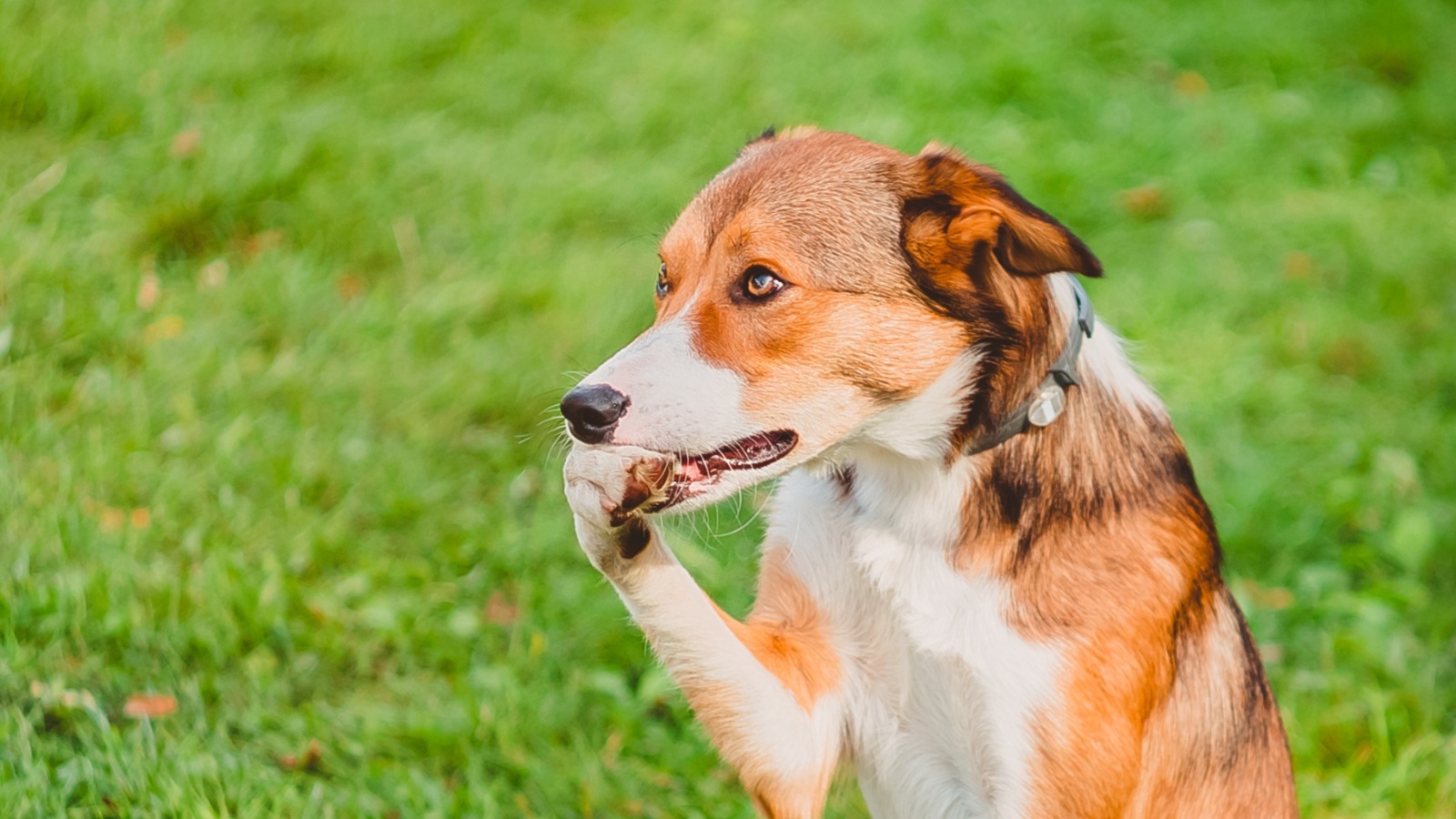
Dietary NeedsGeneral HealthDogsFirst AidGut Health
7 Reasons Why My Dog is Biting his Paws
Sep 06 2023
•
7 mins 40 secs

Dietary NeedsGeneral HealthDogsFirst AidGut Health
Is Coconut Oil Good, or Bad for My Dog?
Aug 31 2023
•
4 mins 40 secs

Dietary NeedsGeneral HealthDogsFirst AidGut Health
The Low Down on Pyoderma
Aug 24 2023
•
5 mins

Dietary NeedsGeneral HealthDogsFirst AidGut Health
HELP, my Cat has Furballs!
Aug 17 2023
•
4 mins 50 secs

Dietary NeedsGeneral HealthDogsFirst AidGut Health
Should I Feed Vegetables to my Pet?
Aug 10 2023
•
5 mins 30 secs

Dietary NeedsGeneral HealthDogsFirst AidGut Health
What Should I Feed My Dog with Acid Reflux?
Jul 26 2023
•
4 mins 15 secs

Dietary NeedsGeneral HealthDogsFirst AidGut Health
Help! My Pet Keeps Sneezing!
Jun 30 2023
•
5 mins 45 secs

Dietary NeedsGeneral HealthDogsFirst AidGut Health
Gallstones, and Why Your Dog Has Them
Jun 22 2023
•
6 mins 40 secs

Dietary NeedsGeneral HealthDogsFirst AidGut Health
5 Cornerstones of Immunity for your Pet
Jun 15 2023
•
6 mins

Dietary NeedsGeneral HealthDogsFirst AidGut Health
Why Does My Dog Keep Being Sick?
May 22 2023
•
7 mins 20 secs

Dietary NeedsGeneral HealthDogsFirst AidGut Health
Help! My Dog Is Constipated!
Apr 13 2023
•
6 mins

Dietary NeedsGeneral HealthDogsFirst AidGut Health
2 Types of Autoimmune Arthritis
Mar 01 2023
•
5 mins

Dietary NeedsGeneral HealthDogsFirst AidGut Health
7 Factors Affecting Immunity
Feb 27 2023
•
8 mins 30 secs

Dietary NeedsGeneral HealthDogsFirst AidGut Health
The Link Between Leaky Gut and Arthritis
Jan 31 2023
•
9 mins 40 secs
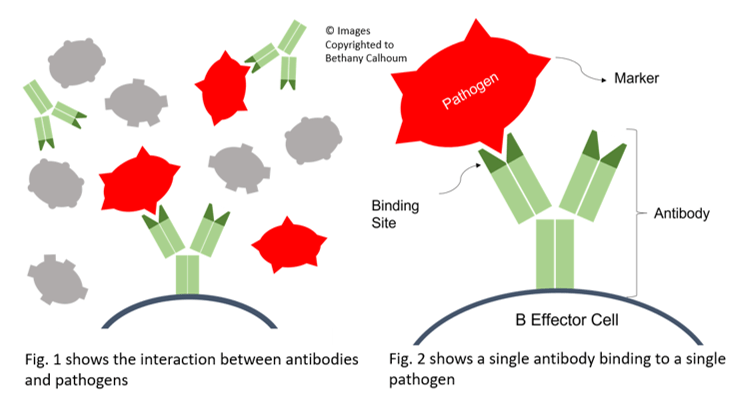
Dietary NeedsGeneral HealthDogsFirst AidGut Health
The Connection Between Leaky Gut and Autoimmunity – Part 2
Jan 18 2023
•
7 mins 30 secs

Dietary NeedsGeneral HealthDogsFirst AidGut Health
The Connection Between Leaky Gut and Autoimmunity – Part 1
Jan 18 2023
•
4 mins

Dietary NeedsGeneral HealthDogsFirst AidGut Health
11 Signs Your Pet Has Low Stomach Acid
Jan 04 2023
•
6 mins 30 secs

Dietary NeedsGeneral HealthDogsFirst AidGut Health
5 Reasons for Alopecia in Pets
Nov 16 2022
•
4 mins 30 secs

Dietary NeedsGeneral HealthDogsFirst AidGut Health
How Can I Use Food To Support My Anxious Dog?
Nov 01 2022
•
3 mins 40 secs

Dietary NeedsGeneral HealthDogsFirst AidGut Health
How Does The Gut Influence My Pet’s Immune Health
Aug 23 2022
•
4 mins
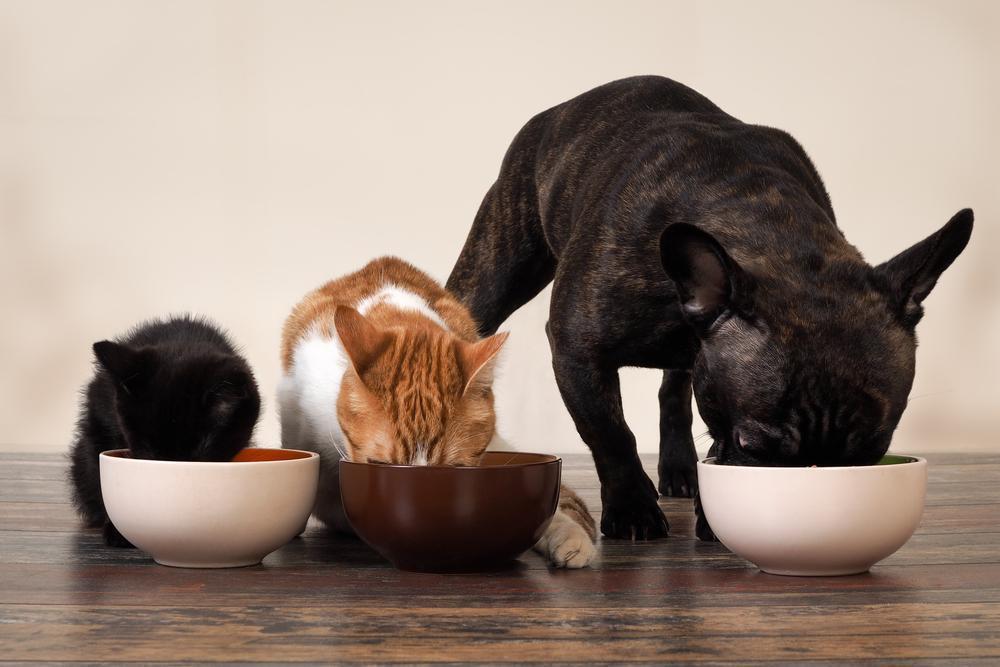
Dietary NeedsGeneral HealthDogsFirst AidGut Health
Support Your Pet’s Gut Health with the 4 R’s
Aug 22 2022
•
4 mins

Dietary NeedsGeneral HealthDogsFirst AidGut Health
8 Reasons For Your Dog’s Licking Behaviour
Aug 02 2022
•
7 mins 20 secs

Dietary NeedsGeneral HealthDogsFirst AidGut Health
Things To Think About: Skin Health in Dogs
Aug 01 2022
•
7 mins 30 secs

Dietary NeedsGeneral HealthDogsFirst AidGut Health
Should I Feed My Dog, Chicken and Rice?
Jun 27 2022
•
5 mins 37 secs

Dietary NeedsGeneral HealthDogsFirst AidGut Health
A Systems Approach to Digestive Health in Pets
May 31 2022
•
5 mins 44 secs

Dietary NeedsGeneral HealthDogsFirst AidGut Health
Does My Dog Have an Allergy or an Intolerance?
May 10 2022
•
4 mins 42 secs

Dietary NeedsGeneral HealthDogsFirst AidGut Health
5 Tips to Support Your Seasonally Itchy Dog
Apr 26 2022
•
4 mins 50 secs

Dietary NeedsGeneral HealthDogsFirst AidGut Health
Why Do Allergies in Dogs Develop?
Apr 21 2022
•
5 mins 36 secs

Dietary NeedsGeneral HealthDogsFirst AidGut Health
4 Tips to Support Your Dog with IBS
Apr 19 2022
•
3 mins 45 secs

Dietary NeedsGeneral HealthDogsFirst AidGut Health
Does My Dog Have a Gut-Brain Axis?
Mar 28 2022
•
6 mins 7 secs
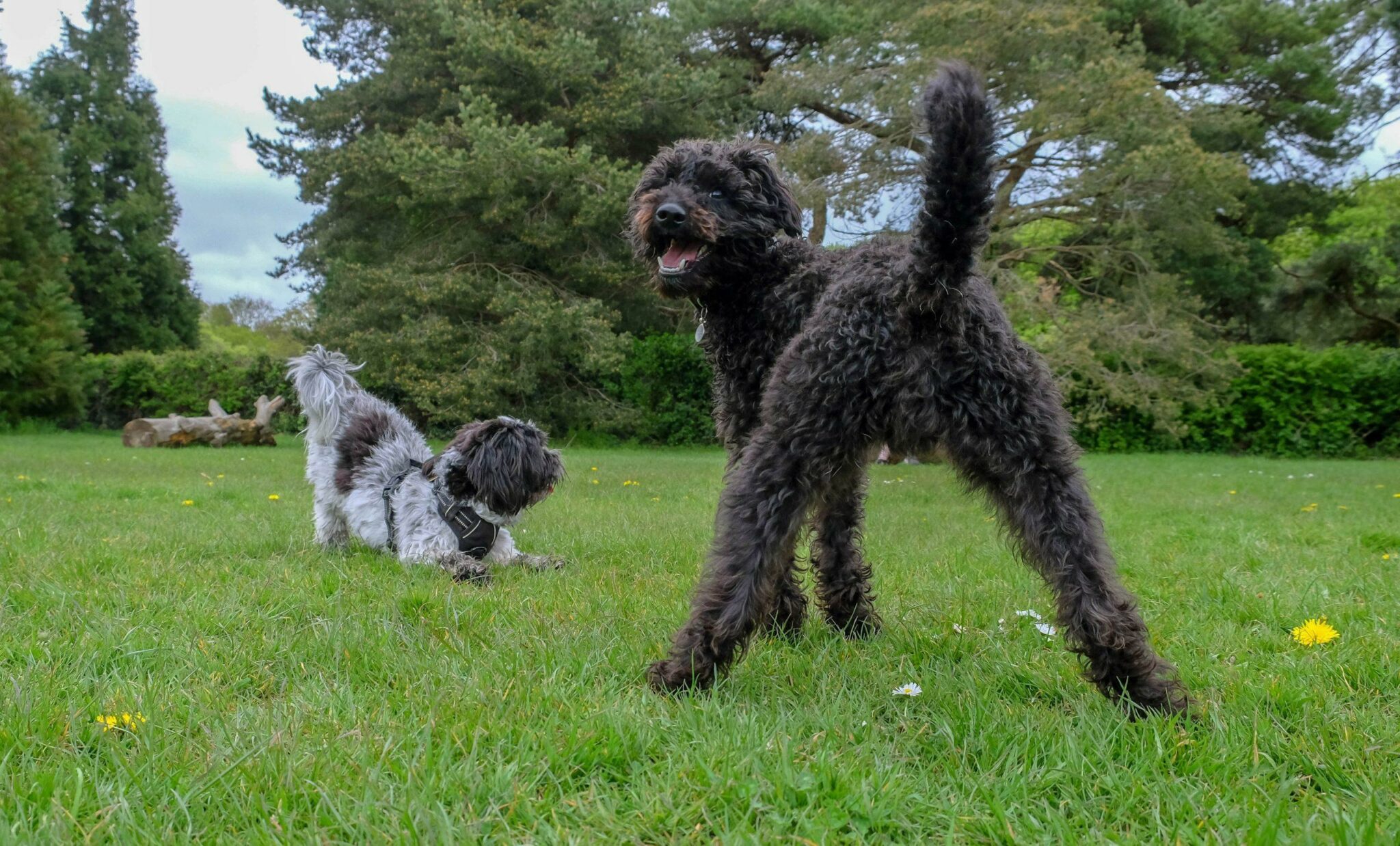
Dietary NeedsGeneral HealthDogsFirst AidGut Health
3 Top Tips For Anal Gland Health in Dogs
Mar 21 2022
•
4 mins 23 secs

Dietary NeedsGeneral HealthDogsFirst AidGut Health
A Brief Guide to Our Pet’s Pancreas
Mar 07 2022
•
6 mins 24 secs

Dietary NeedsGeneral HealthDogsFirst AidGut Health
Why Does My Dog Need Vitamins? Part Two – The Water-Soluble Vitamins
Jan 24 2022
•
6 mins 42 secs

Dietary NeedsGeneral HealthDogsFirst AidGut Health
Why Does My Dog Need Vitamins? Part One – The Fat-Soluble Vitamins
Jan 24 2022
•
5 mins 51 secs

Dietary NeedsGeneral HealthDogsFirst AidGut Health
Prebiotics Vs. Probiotics
Nov 01 2021
•
4 mins 17 secs

Dietary NeedsGeneral HealthDogsFirst AidGut Health
Why Is My Dog Itchy?
Oct 21 2021
•
5 mins 39 secs

Dietary NeedsGeneral HealthDogsFirst AidGut Health
What is The Gut Barrier?
Aug 25 2021
•
5 min read

Dietary NeedsGeneral HealthDogsFirst AidGut Health
To Fast Or Not To Fast? That Is The Question
Aug 23 2021
•
5 min read

Dietary NeedsGeneral HealthDogsFirst AidGut Health
A Whistle Stop Tour Of Keto
Aug 16 2021
•
3 min read

Dietary NeedsGeneral HealthDogsFirst AidGut Health
Bacterial Overgrowth – More Common Than You Think
Aug 04 2021
•
6 min read
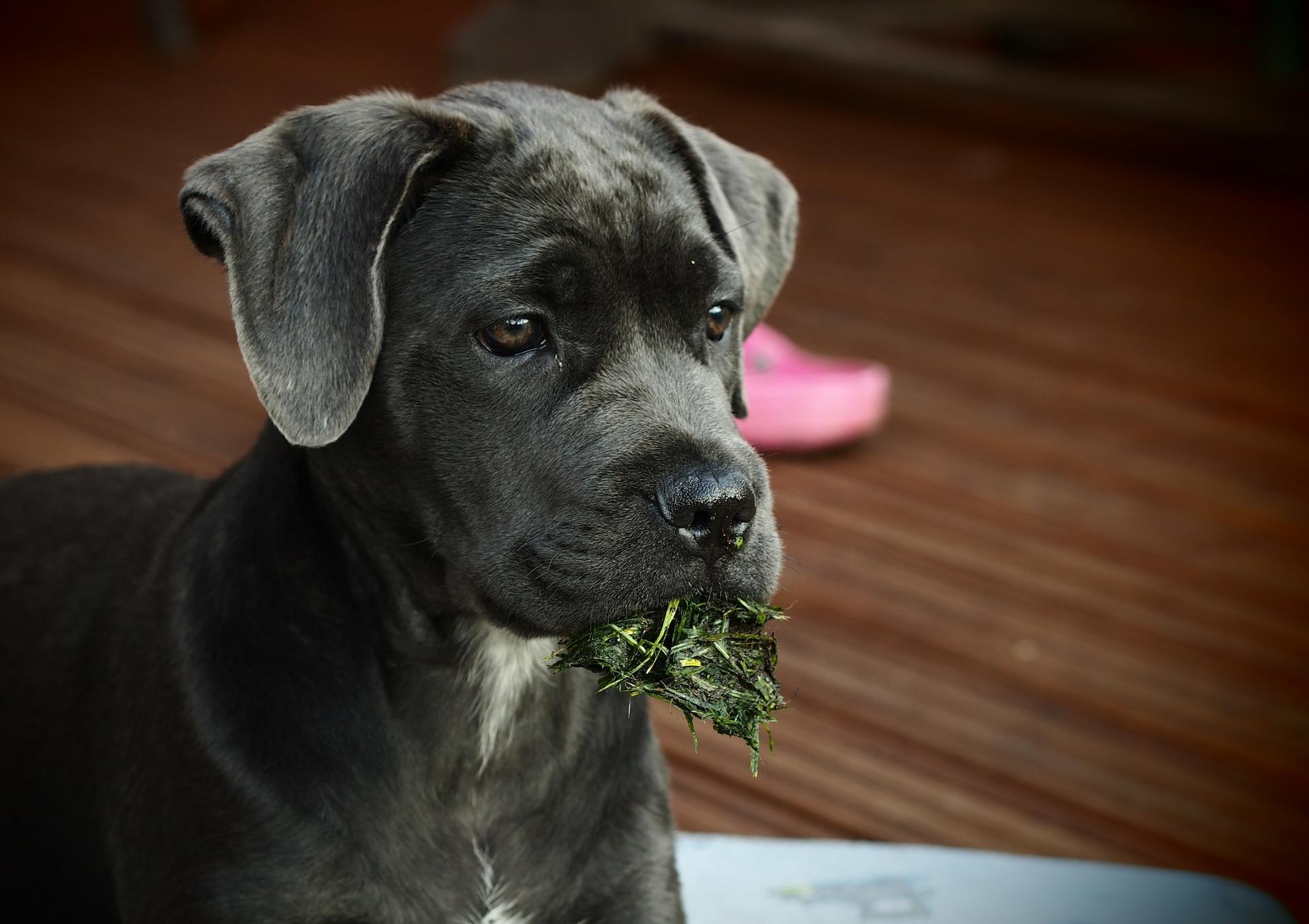
Dietary NeedsGeneral HealthDogsFirst AidGut Health
My Pet Eats Grass, Should I be Worried?
Jul 27 2021
•
5 min read

Dietary NeedsGeneral HealthDogsFirst AidGut Health
Can Stress Affect My Dog’s Digestive System?
Jul 26 2021
•
8 min read

Dietary NeedsGeneral HealthDogsFirst AidGut Health
What Can Go Wrong with My Dog’s Gallbladder?
Jul 21 2021
•
5 min read

Dietary NeedsGeneral HealthDogsFirst AidGut Health
A Brief Guide to Histamine Intolerance for Dogs
Jul 13 2021
•
4 min read

Dietary NeedsGeneral HealthDogsFirst AidGut Health
What Can Cause Gut Dysbiosis?
Jun 21 2021
•
7 min read

Dietary NeedsGeneral HealthDogsFirst AidGut Health
What Can Help Gut Dysbiosis?
Jun 21 2021
•
9 min read
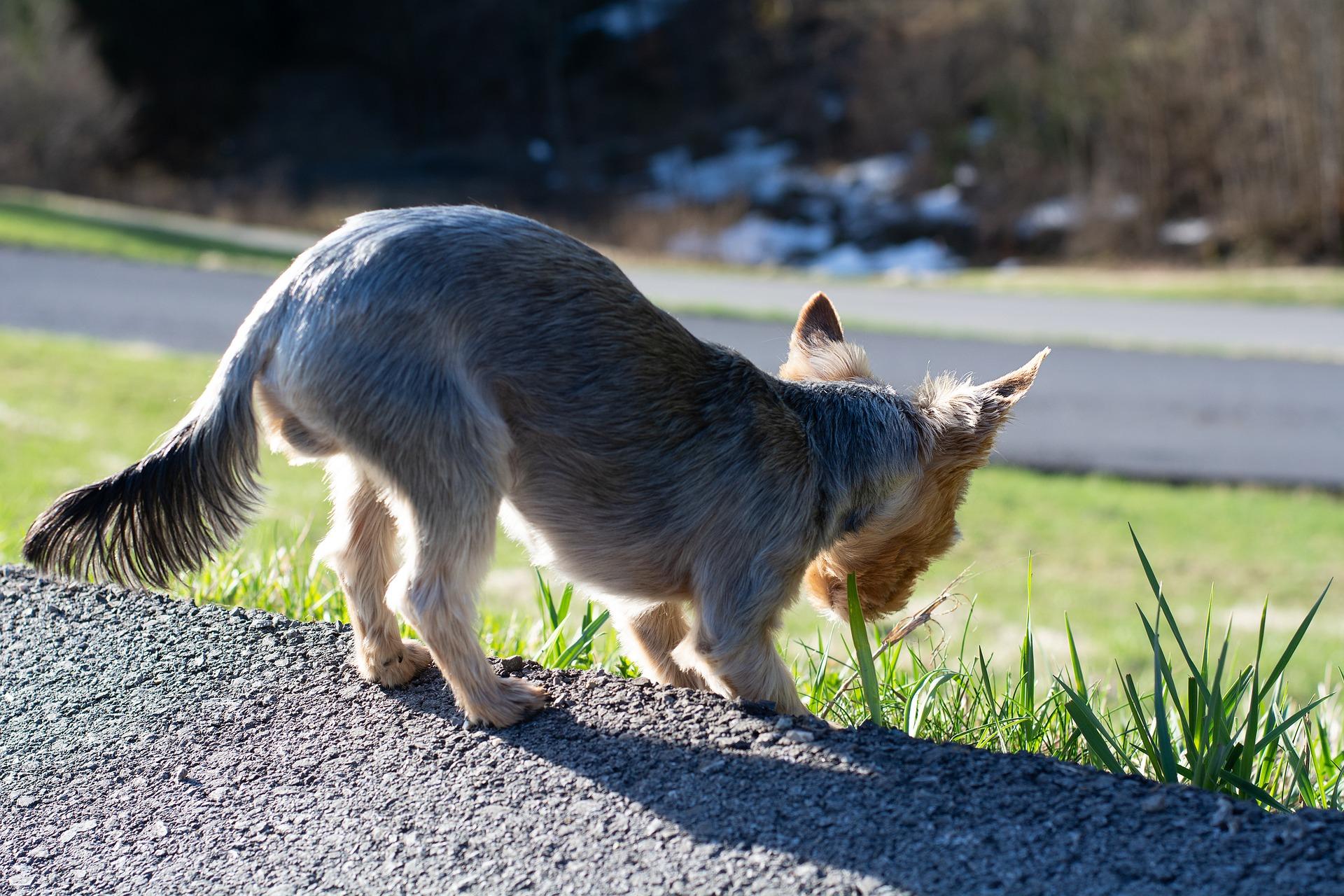
Dietary NeedsGeneral HealthDogsFirst AidGut Health
Why Does My Dog Eat Poop?
Jun 03 2021
•
8 min read

Dietary NeedsGeneral HealthDogsFirst AidGut Health
Why is My Dog Licking His Lips?
May 25 2021
•
5 min read

Dietary NeedsGeneral HealthDogsFirst AidGut Health
The Importance of Nature for Human and Dog Health
May 12 2021
•
5 min read

Dietary NeedsGeneral HealthDogsFirst AidGut Health
How Food Affects Your Dog’s Behaviour
Apr 22 2021
•
10 min read

Dietary NeedsGeneral HealthDogsFirst AidGut Health
Elimination Diets for Dogs
Apr 08 2021
•
8 min read
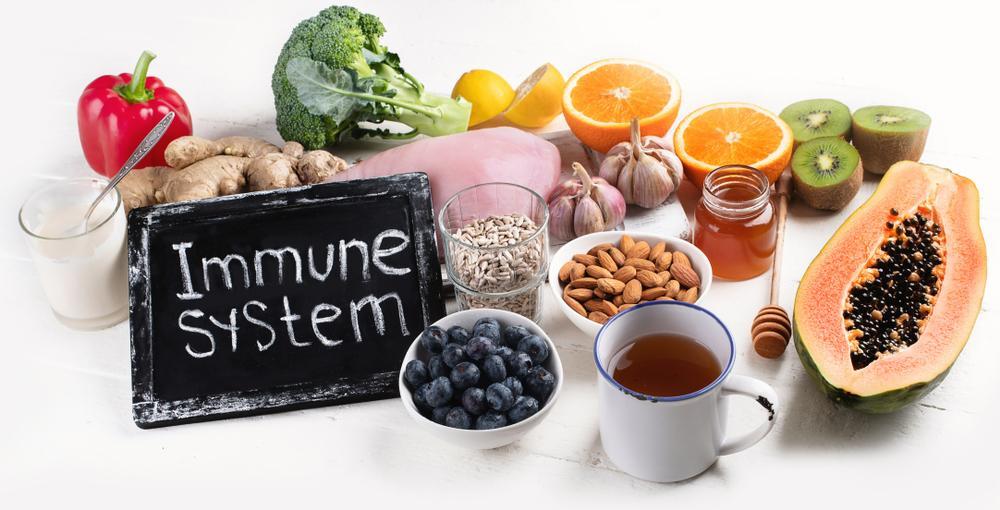
Dietary NeedsGeneral HealthDogsFirst AidGut Health
10 Top Foods For Your Dog’s Immunity
Mar 17 2021
•
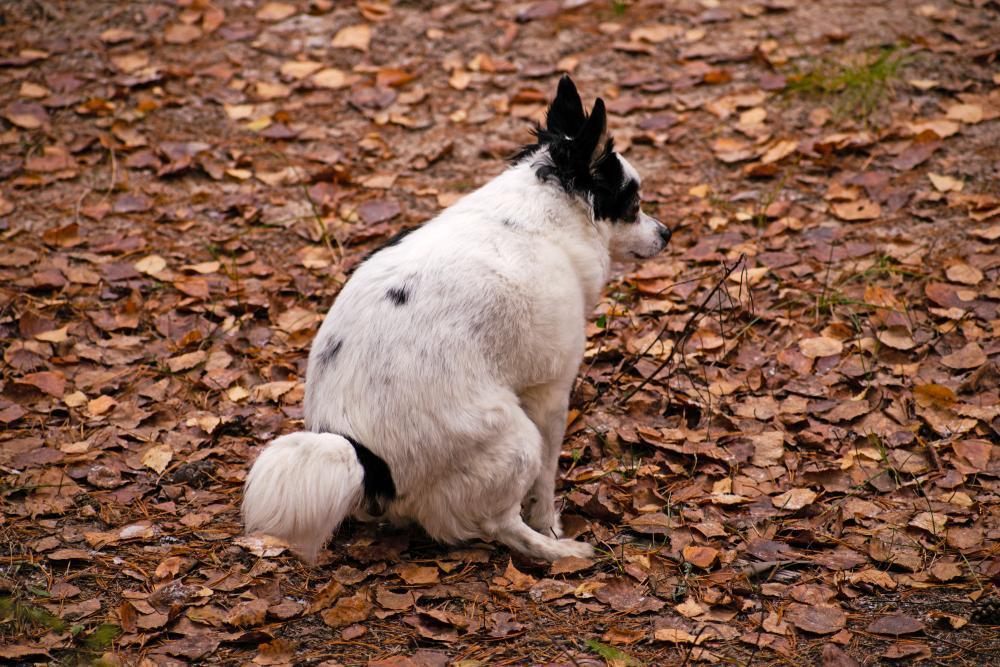
Dietary NeedsGeneral HealthDogsFirst AidGut Health
Constipation in Cats and Dogs!
Feb 22 2021
•
8 min read

Dietary NeedsGeneral HealthDogsFirst AidGut Health
Tackling Atopic Dermatitis in Pets
Dec 16 2020
•
9 min read
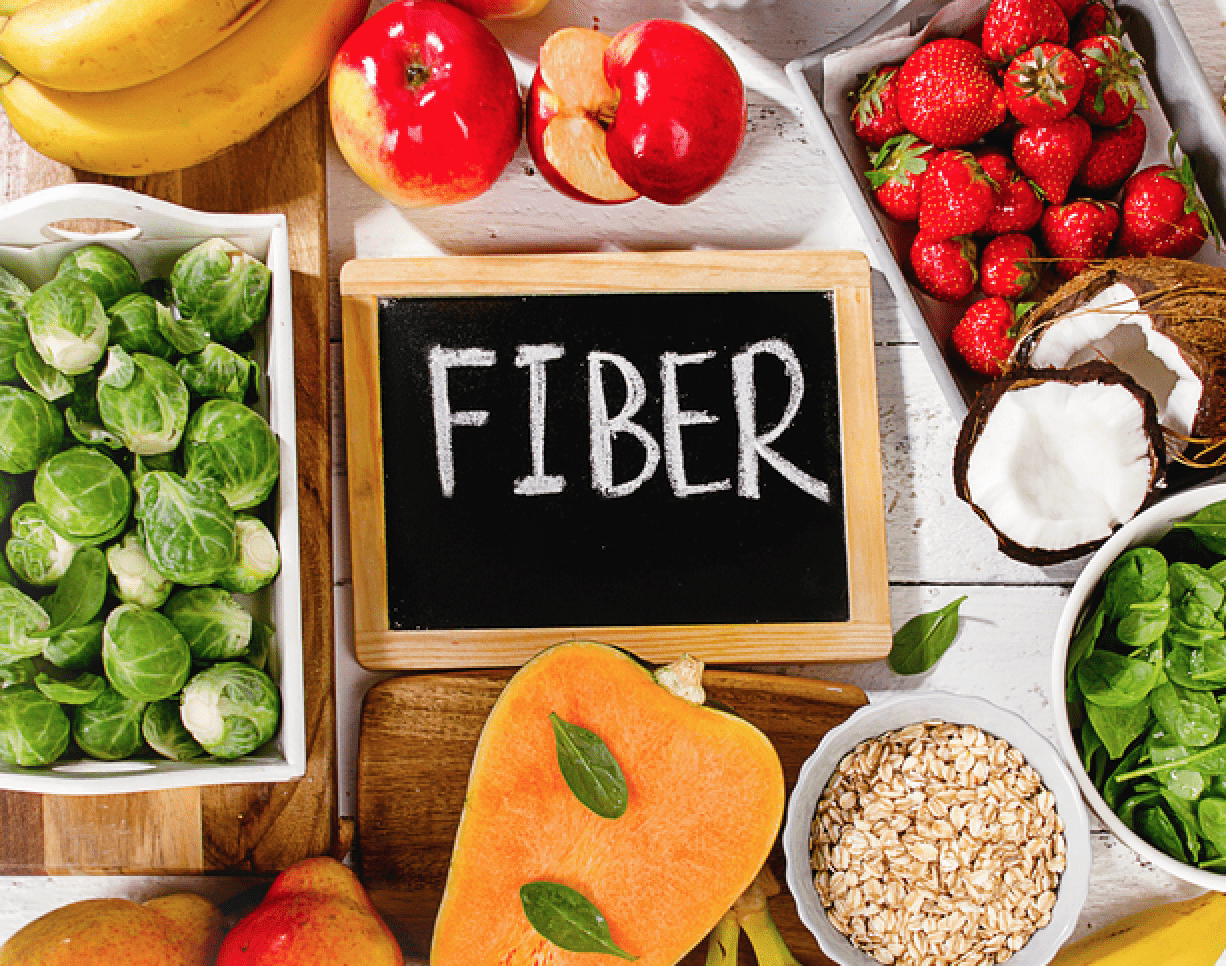
Dietary NeedsGeneral HealthDogsFirst AidGut Health
5 Reasons Why Fibre is Your Dog’s Best Friend
Oct 28 2020
•
7 min read

Dietary NeedsGeneral HealthDogsFirst AidGut Health
Natural Worming Options for Pets
Jun 03 2020
•
8 min read

Dietary NeedsGeneral HealthDogsFirst AidGut Health
Natural Guide for Pets: Inflammatory Bowel Disease
Apr 06 2020
•
8 min read

Dietary NeedsGeneral HealthDogsFirst AidGut Health
7 Steps to Optimal Gut Health for Pets
Mar 13 2020
•
8 min read

Dietary NeedsGeneral HealthDogsFirst AidGut Health
5 reasons why your dog eats grass
Feb 21 2019
•
2 min read
✕






